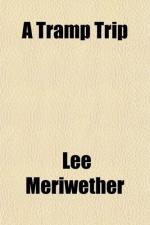|
This section contains 570 words (approx. 2 pages at 300 words per page) |

|
If You Can't Beat 'em. American businesses merged with increasing frequency in the 1950s. By 1955, the year that marked the crest of this "merger wave," combinations ran at three times their 1949 rate. In 1955 Chase National Bank and Bank of the Manhattan Company merged to create Chase-Manhattan, the second largest bank in the nation, and First National City Bank, the nation's third largest, was formed from the union of National City Bank and First National City Bank. Within a few months in 1955 Remington-Rand merged with Sperry Corporation to form Sperry Rand; Childs Food Stores (Piggly Wiggly) was purchased by the Kroger Company; Neiman-Marcus of Dallas merged with Wolfman, Inc., of Houston; Stromberg-Carlson merged with General Dynamics; and Brown Shoe Company and G. R. Kinney Company announced a merger. Most of these combinations represented attempts by companies to expand their production or to increase their...
|
This section contains 570 words (approx. 2 pages at 300 words per page) |

|




